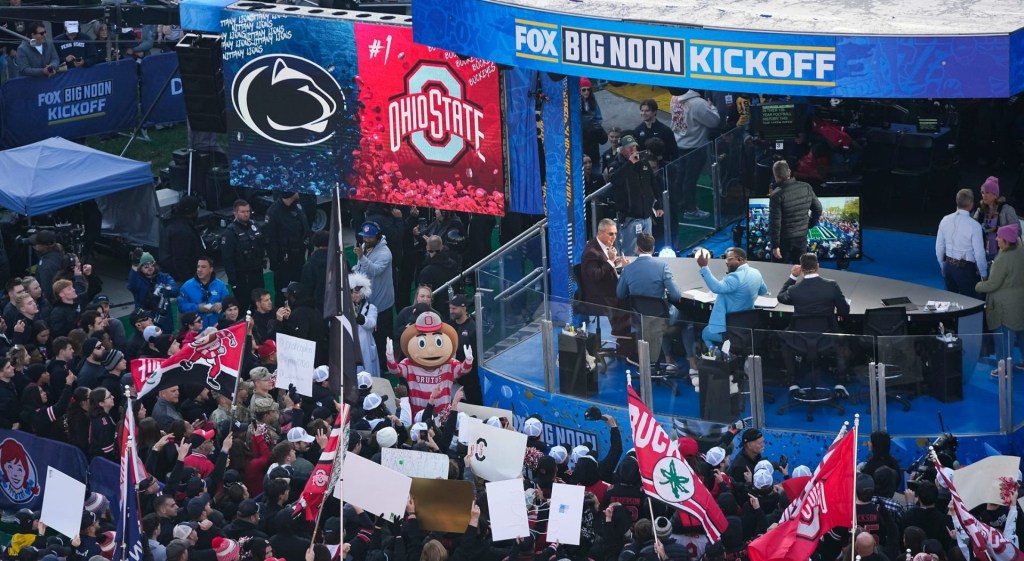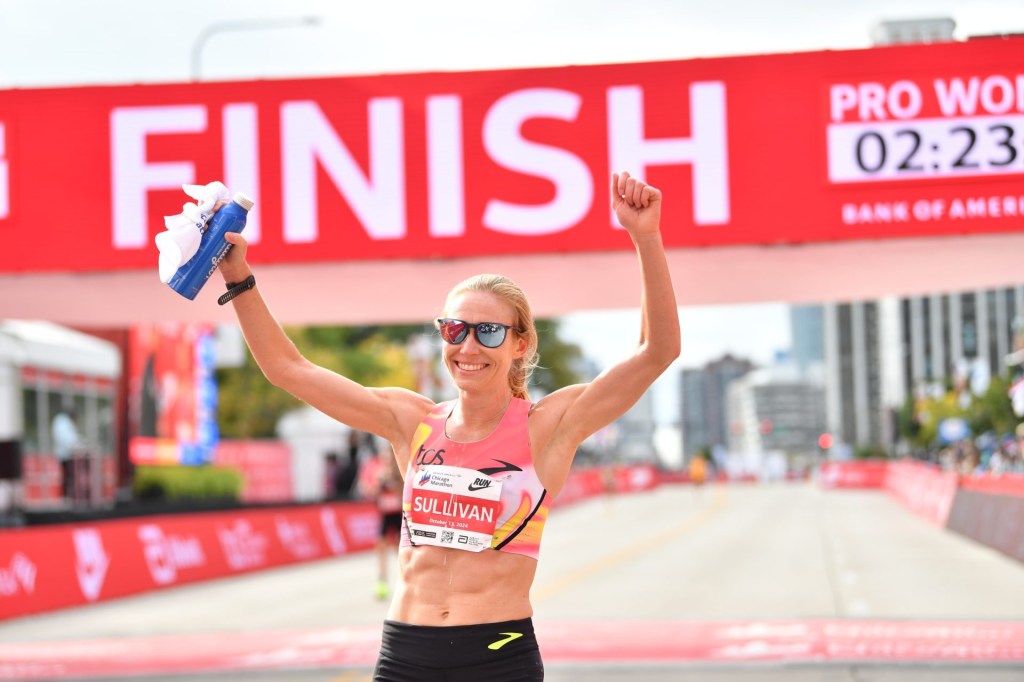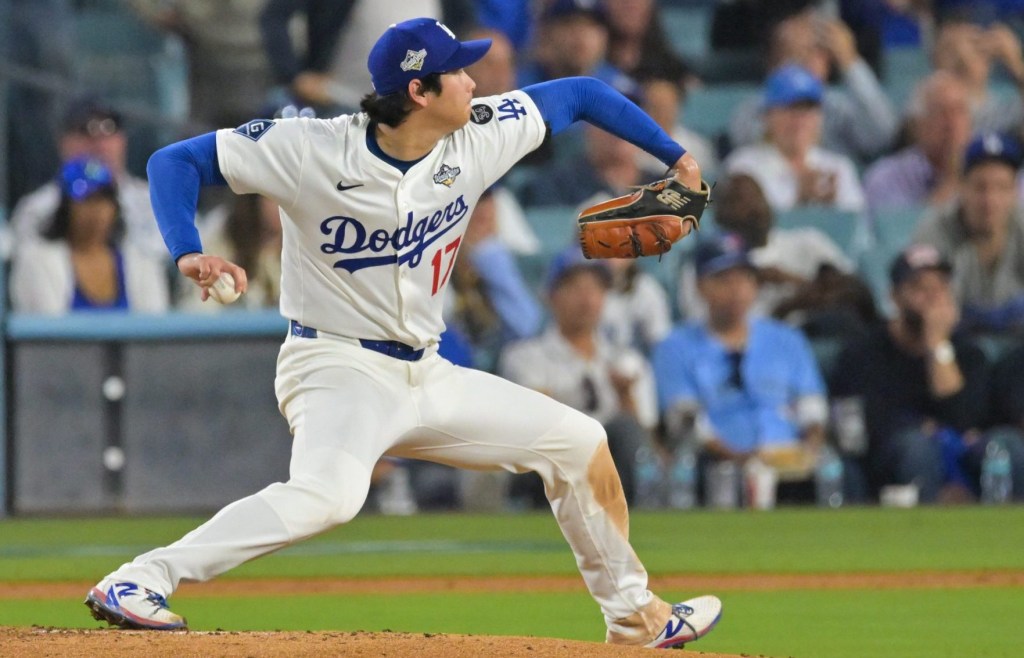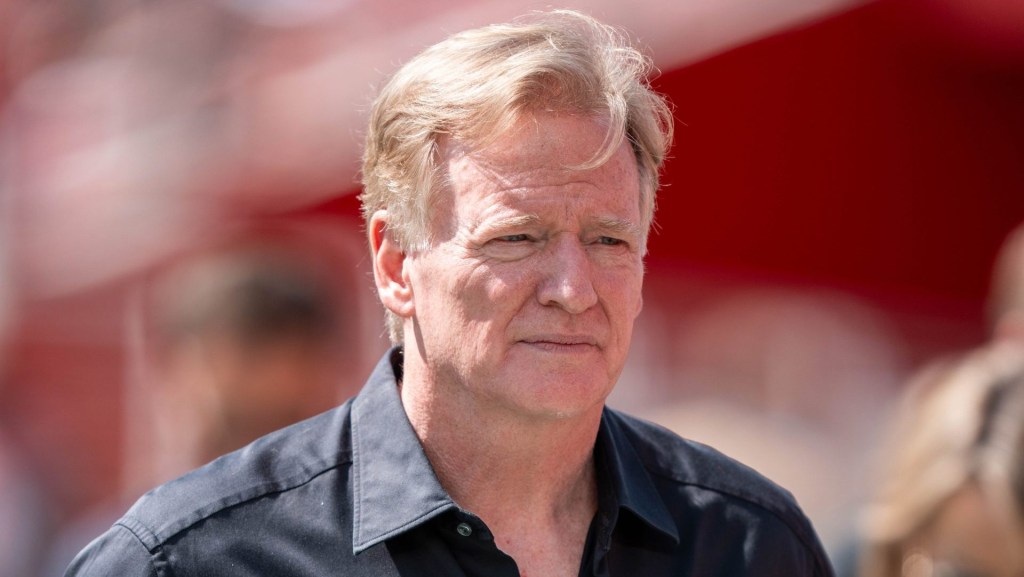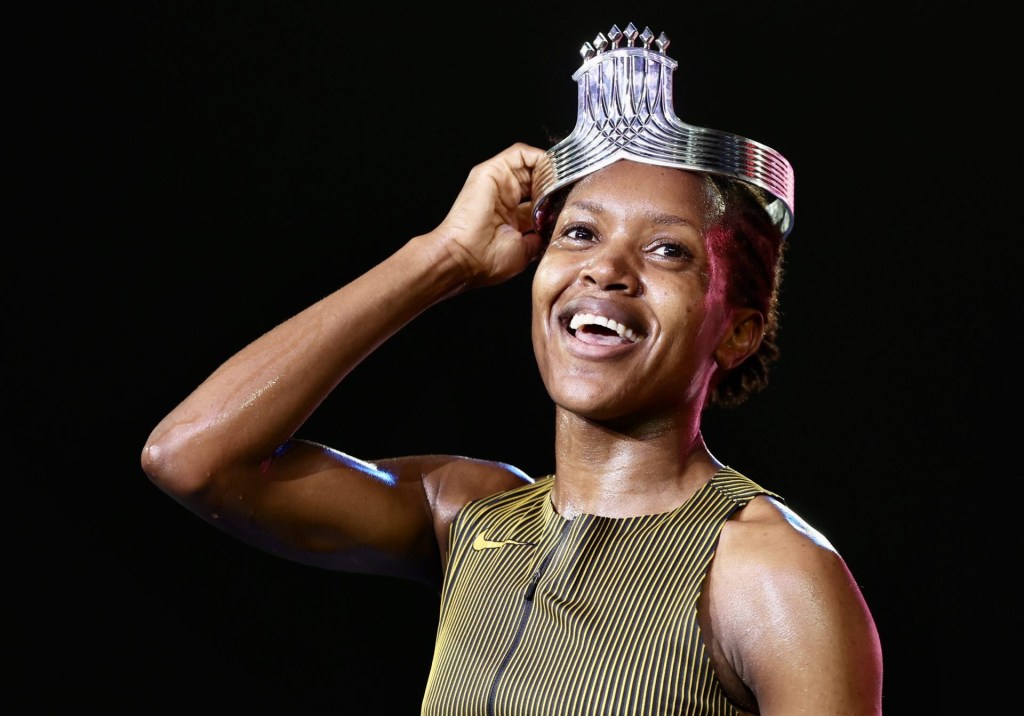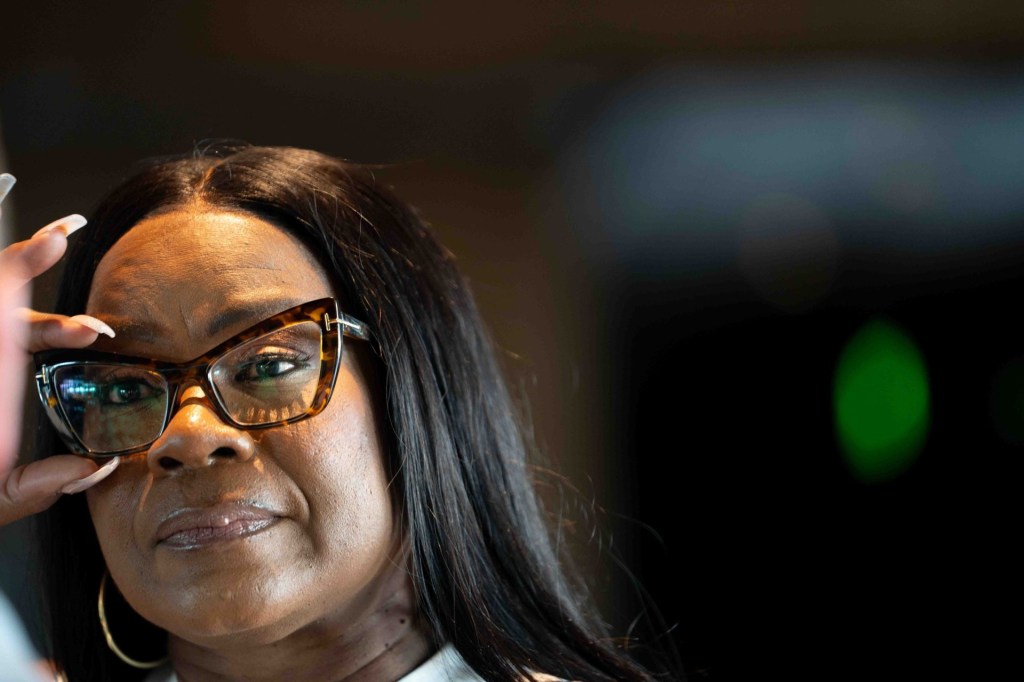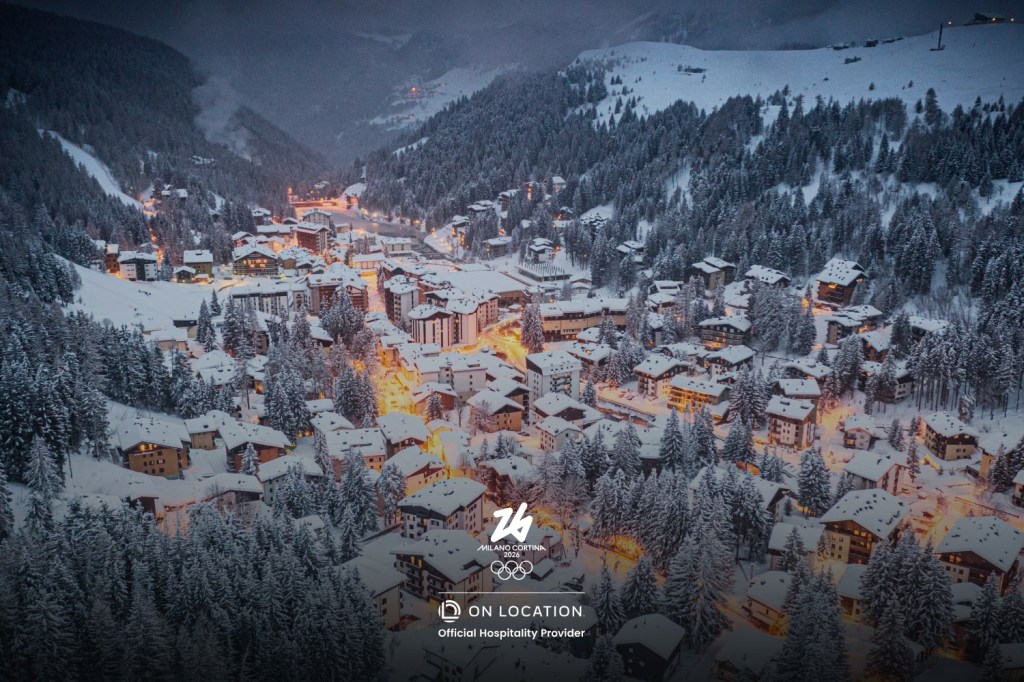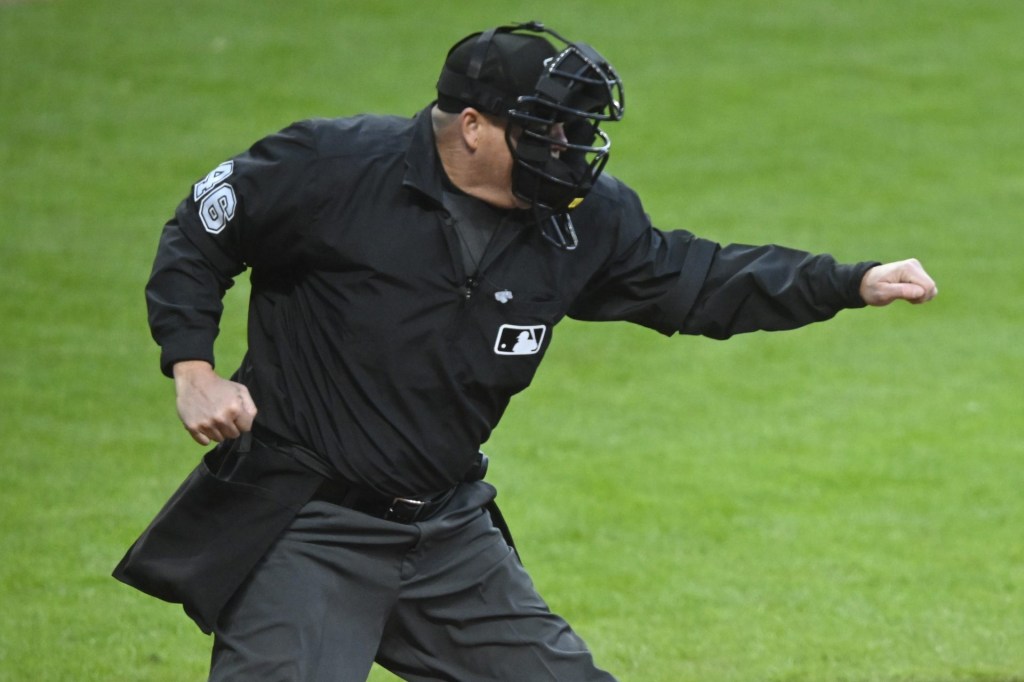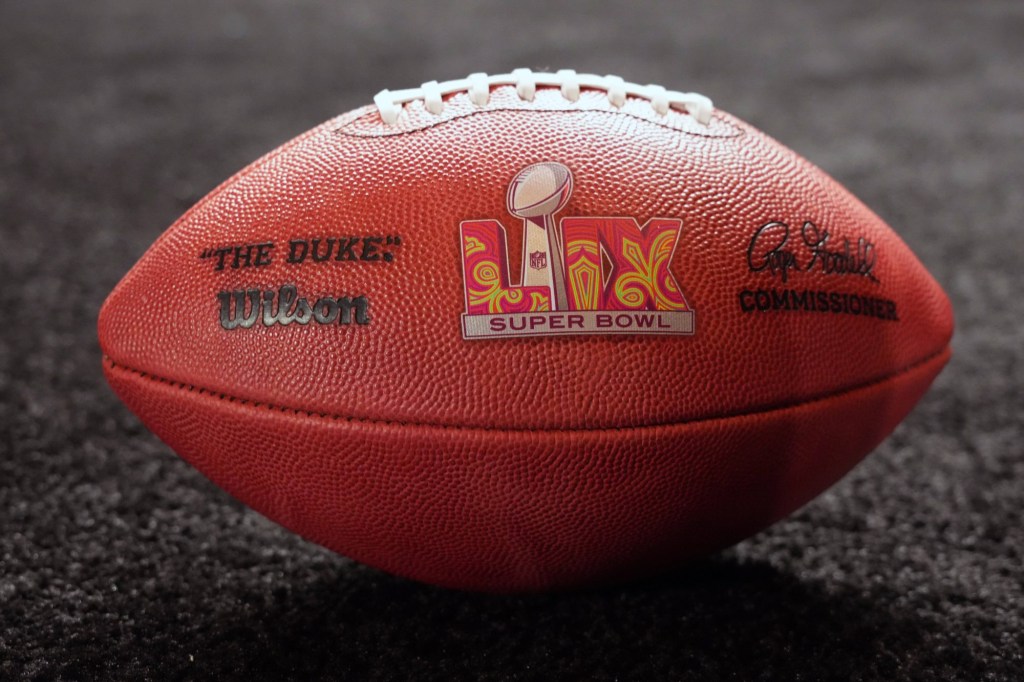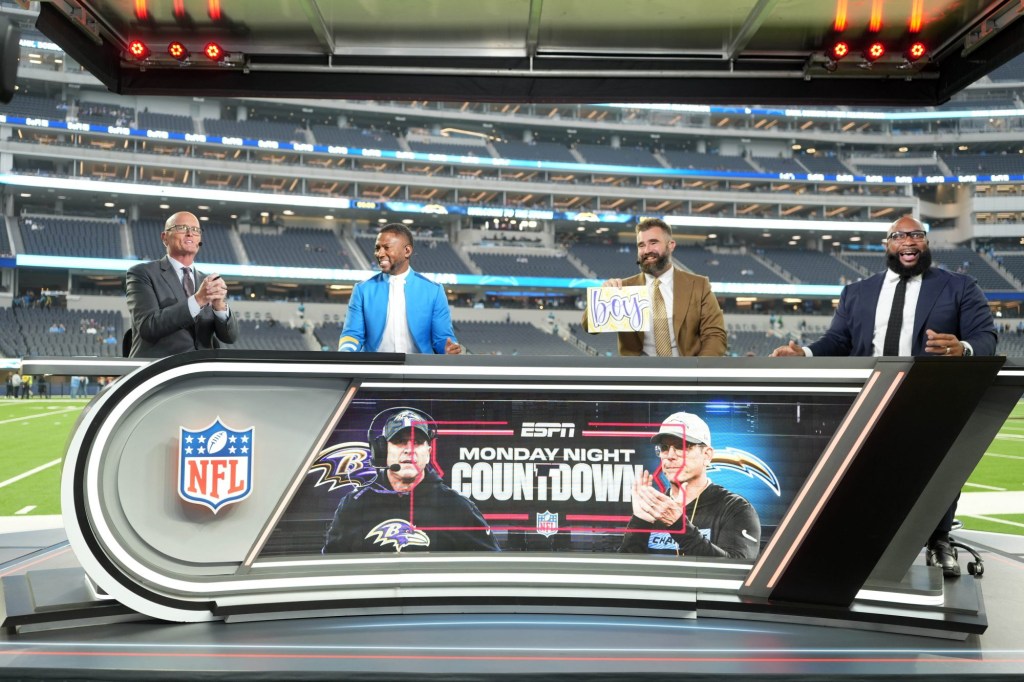As a global beer brand, Heineken is invested heavily in soccer – the brand is making the same play in the U.S.
The world’s No. 2 beer company doesn’t have the same clout in the U.S. – a 3.5% market share – so rather than exploring deals across all sports, Heineken and its subsidiary brands are taking a much more targeted approach to sports marketing, said Quinn Kilbury, Heineken USA head of partnerships & consumer experience. Anheuser-Busch InBev and MillerCoors have 40.8% and 23.5% market share, respectively, according to the National Beer Wholesalers Association.
“In the U.S., we’re a niche premium player, so we have to pick our spots,” Kilbury said. “We had the global soccer halo through our partnership with Champions League, so it made sense when we had the chance to go with the MLS.”
With the umbrella of the partnership with the top U.S. soccer league, Kilbury said the overall partnership also works harder for the brand as it partners and activates with more with individual teams. Heineken now also has partnerships with 14 MLS teams. Kilbury said becoming foundational partners of teams like Atlanta United, LAFC and Inter Miami were important in cementing the legacy as a soccer brand in the U.S.
Having local team connections to communities where Heineken already has a strong market share or potential for growth has been the objective, and the 14 MLS team partners satisfy those parameters for the time being, Kilbury said. While they won’t say no to conversations, Heineken is fairly content with the current 14 team markets.
“There are some markets that just don’t make sense to compete in,” he said. “Now it’s doing more with what we have. We have all these; let’s invest deeper.”
The hope is that Heineken market share in the U.S. will grow as soccer as a sport grows in the U.S. – and as Kilbury says, depending on the data it’s the fastest growing sport in the country – because the association is so strong.
The approach to hitting the soccer market makes sense in regards to its global investment into soccer, and will help Heineken dominate the U.S. soccer beer market, said Nick Watanabe, assistant professor of sport and entertainment management at the University of South Carolina. However, that could be a dead-end in securing wider brand recognition and market share.
“In the short term, it makes sense, but if they only stick to soccer it won’t compete with the viewership of all the other sports,” said Watanabe, who added MLS heats up when there’s also college football, NFL, NBA, NHL, and MLB playoffs. “It also depends on the market objective. If their focus is, ‘let’s breakthrough with soccer fans,’ then they’re on the right track.”
To further cement itself as the beer brand of U.S. soccer fans, Wantanabe said it’d be wise for Heineken to nab the U.S. soccer teams – which are currently held by Budweiser in the beer category.
Heineken isn’t blind to the idea of the massive sports market and how easy it is to get lost in the noise, but that’s exactly why the company has come up with its partnership strategy in the U.S. Budweiser, specifically Bud Light, and MillerCoors have a significant name recognition advantage in the U.S. and spread their marketing dollars across sports, which makes it hard for a brand like Heineken to break in, if it wanted to.
“They’re doing good work and spending a lot of money, but it’s hard to be known for one thing,” Kilbury said. “That’s where our advantage is and that’s why you see us focusing. We have to focus in a way that’s clear to fans. We know soccer, we put a lot behind it on a global perspective and it hopefully feels more authentic because you don’t see us when you’re watching the NFL or other sports.”
One caveat in “other sports” is tennis, as Heineken is a long-time partner of the U.S. Open. That partnership, Kilbury said, is more about being part of a cultural moment.
Beyond targeting soccer, Heineken is also making a play for college football – through the Dos Equis brand – using the same strategy. Recognizing college athletics is a late bloomer when it comes to beer partnerships, especially premium import brands, the company partnered Dos Equis with the College Football Playoff.
From there, Dos Equis is filtering through colleges within its strong markets – generally speaking to alumni and older fans rather than the student bodies. Grabbing partnerships with strong college football programs like Alabama and Florida were key moves, as was North Texas.
Kilbury concedes North Texas might seem like an odd fit when it comes to college football, but considering Texas makes up 40% of the brand’s U.S. market, it makes much more sense. Kilbury said unlike the Heineken-soccer connection, there was no natural connection with Dos Equis and football, aside from it is consumed in the setting already.
“It’s a great way to expand to new markets and natural because if you’re a fan of Alabama and had heard of Dos Equis, but maybe never drank it, it’s a good way to connect,” he said. “It’s incremental and we try to position it as a fan.”
The Dos Equis movement in football has been as quick as possible, but there are challenges, partly because many colleges aren’t open to beer partnerships. The ecosystem is also a challenge because the college landscape is just so large.
“You can’t own college football as a beer brand,” Kilbury said. “We do think you can develop a relationship at a local level by being part of the fanbase.”
READ MORE: NFL Beers Highlight New Approach to Anheuser-Busch Sports Marketing
There’s plenty of growth potential in college football, and Kilbury said there’s likely more coming in the next 12-18 months.
Heineken has several other major beer brands in its portfolio as well, like Tecate and Amstel Light, and Kilbury said partnership moves will be made as they make sense. Although few will seem as natural as the MLS partnerships that extend from Heineken’s already global soccer connection.
“It’s simple,” he said. “Too often you try to do hard things. This one, there’s nothing we do that works as naturally and seamlessly. It’s hard to be a national partner and have 14 local teams go so smoothly, but it’s a natural fit.”


